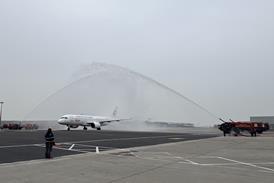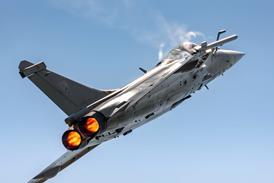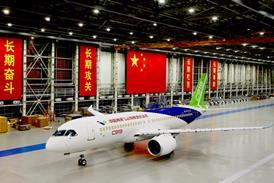Radical changes to emergency routines for pilots confronted with smoke, fire and fumes incidents are being jointly worked out by Airbus and Boeing, but experts are disappointed that regulators are not mandating the changes.
The two leading airframers have harmonised their approach to revising smoke, fire and fumes checklist philosophy, making two fundamental changes that are to be presented to airlines. Speaking at the UK Royal Aeronautical Society smoke, fire and fumes conference on 10 October, Airbus flight operations engineer Xavier Villain said that checklists for different types of unalerted smoke, fire and fumes, for which the cause is not immediately clear, have been merged into one.
First actions include those that would have a positive effect no matter what the smoke's cause or origin the second critical change introduces the option of diversion and landing close to the top of the checklist. In some existing checklists, multiple troubleshooting attempts take place before diversion is mentioned, says Villain.
But while Airbus and Boeing may be jointly addressing one serious issue, US Air Line Pilots Association (ALPA) Capt H G Bombardi told the conference that the Federal Aviation Administration is not taking action on the broader issue fire detection and suppression equipment and practices. More people will die from on-board fires before the regulator moves, he fears: "The FAA has not crossed the tombstone threshold."
According to Bombardi, the worst smoke, fire and fumes problem pilots can deal with is one in which there is no system warning, but smoke or fumes from an unknown source become present in the cabin or cockpit, because the current checklist regime assumes the crew will be able to quickly determine what the location and probable cause of the fire is so they can use the appropriate checklist.
As a result, he says, the decision to "divert/land is usually delayed - troubleshooting is done before the decision to divert and land is considered. The situation can be exacerbated by following an incorrect checklist (or multiple checklists) in an attempt to troubleshoot, instead of considering landing. A lack of detection and extinguishing devices makes it nearly impossible to determine the nature and intensity of the non-alerted event."
Bombardi believes the September 1998 Swissair 111 Boeing MD-11 disaster was the wake-up call. Describing the crew's predicament, he says: "The crew actually had a material fire overhead, above the cockpit, which had been ignited by an electrical short. The smoke went away, but what the crew did not realise was that there was a raging fire right above them. By the time the crew realised the nature and intensity of the event, it was too late."
Source: Flight International























